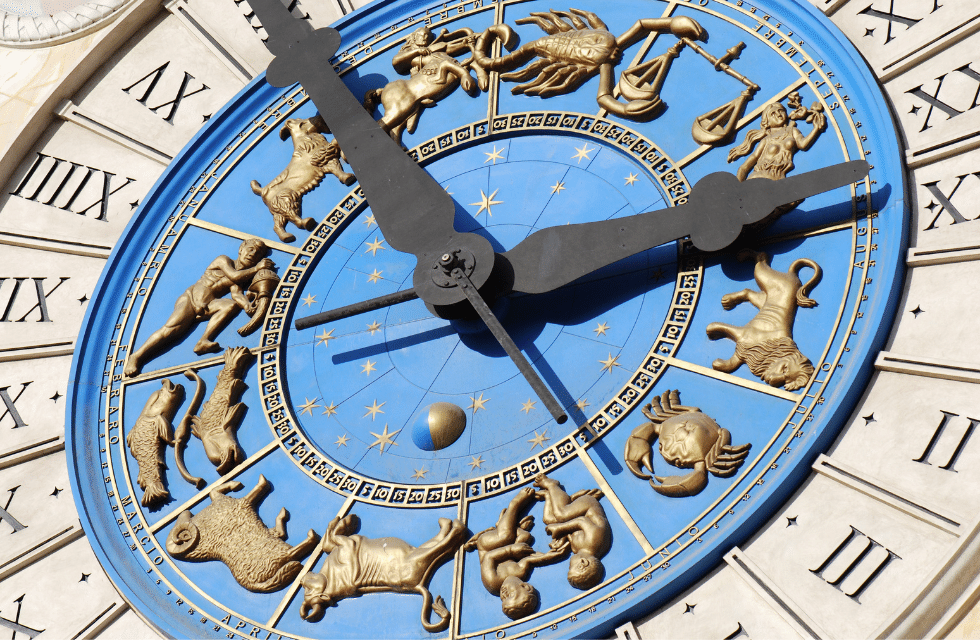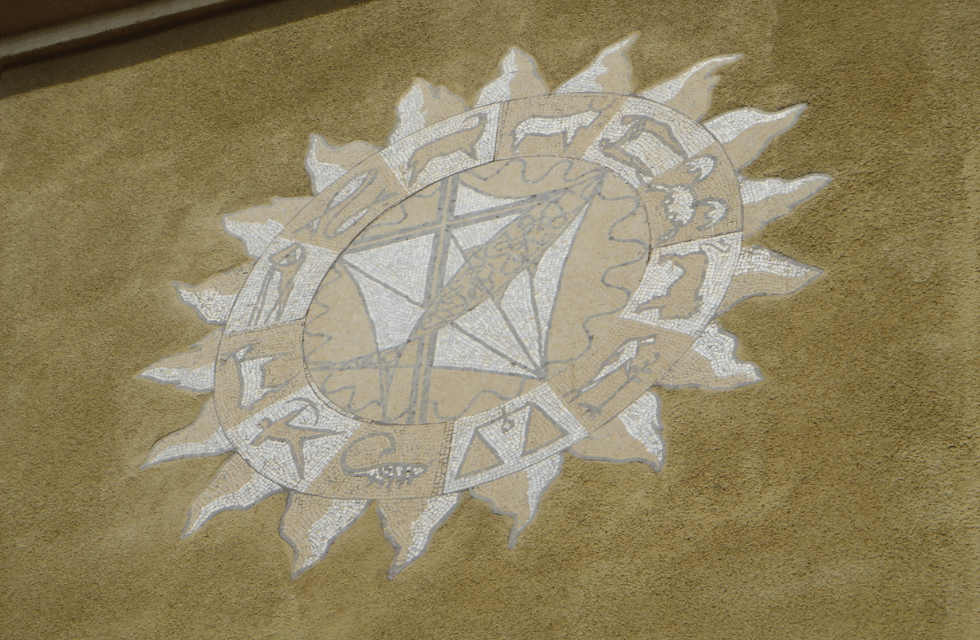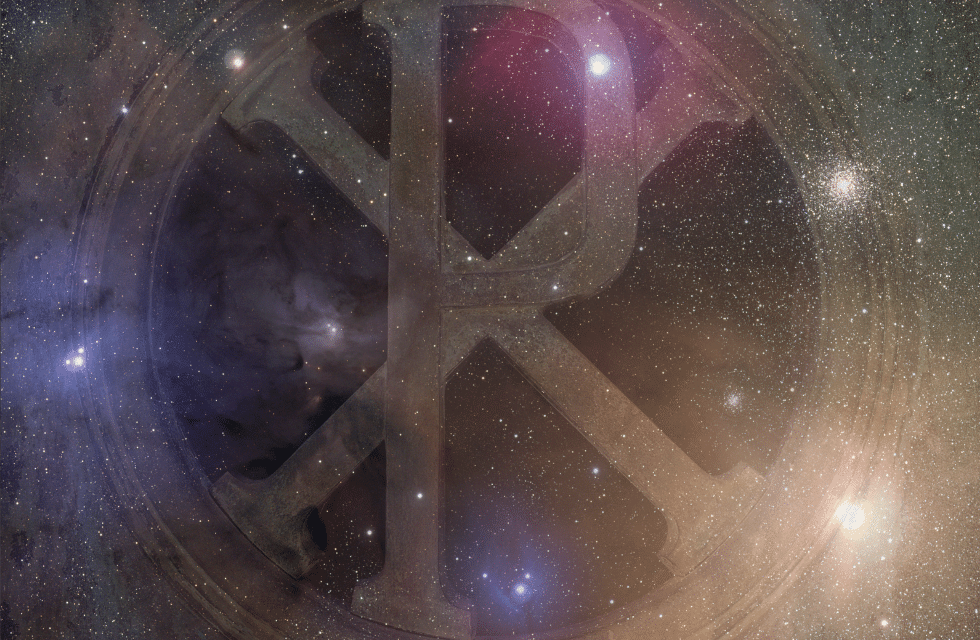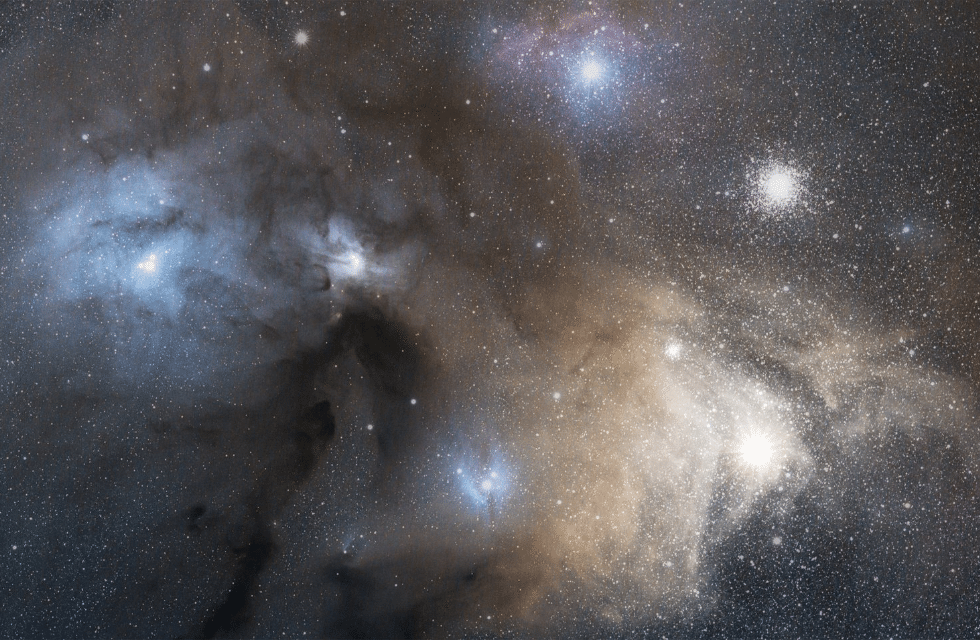Table of contents
General meaning of the theory that the Signs have changed

The idea that the signs have changed came from a study done by astronomers at the Minnesota Planetarium. The astronomers observed the change in the alignment of the stars, which happened due to the precession movement. According to the theory, this change would alter the order of the signs by one month.
When the astrological signs were created by the Babylonians around 3 thousand years ago, the thirteenth constellation was left aside, to adapt the constellations (and signs referring to them) to the twelve-month calendar. The theory, which deals with the change, deals exactly with the existence of a possible thirteenth sign: Serpentary.
Want to know more about this new singo? Then let's start with the rumors.
Rumors, NASA position and information about Constellations

The rumors about the astrological change raised reflections and triggered several debates. The revelation put on the agenda the possibility of mutability in the zodiac, following the astronomical phenomena. Understand the possible change of the signs here:
Rumours about the Serpentary Sign or Ophiuchus
The thirteenth sign, which was supposedly ignored in the creation of the astrological zodiac, is called Serpentary and belongs to the constellation of Ophichus. The constellation is located between Scorpio and Sagittarius and, it is believed that it would have gained space in the zodiac from the new alignment of the stars.
The rumors surrounding the sign of Serpentary, presumed that the change generated by the new alignment would affect the astrological perception of the signs. In this case, the thirteenth sign, Serpentary, would be introduced. This change would delay the order of the current signs by one month. Thus, who is currently Taurus would automatically become Arian.
NASA's official position on the matter
NASA's release of new data about the alignment of the constellation Ophiucus started the debate that could change the course of modern astrology.
However, the institution states that it does not intend to interfere in the field of astrological studies, sticking only to astronomy.
For NASA, astrology does not see signs as constellations, but as fixed tropics, which do not change independently of stellar changes. The explanation of the institution also says that in the period when astrology was created, Ophiucus already existed, but the constellation was left aside. Therefore, Serpentary does not affect the other signs.
Astronomy
Astronomy is the field of natural sciences that studies the celestial bodies that make up the universe, as well as studying the movements and changes that happen to the elements. Astronomers are responsible for tracking changes and calculating the impacts they have on the other components of space over time.
Today, astronomy differs from astrology. However, in Ancient Egypt and other ancient civilizations, such as Babylon, the two subjects were not differentiated. Thus, the observation of the night sky was a practice that was applied in a practical and mystical way, simultaneously.
Astrology
Astrology is the esoteric art dedicated to the study of the stars, their movements and the possible influences they exert on people's lives, based on the zodiac. For astrology, there are twelve zodiac signs: Aries, Taurus, Gemini, Cancer, Leo, Virgo, Libra, Scorpio, Sagittarius, Capricorn, Aquarius and Pisces.
Based on the zodiac signs and the main stars that make up the solar system, astrology develops reflections on the interference of the elements in the lives of earthlings. For this, the natal astrological chart can be analyzed, the chart records the position of the stars at the exact time and place of birth of individuals.
The constellations for Astronomy
For Astronomy, constellations do not represent signs, although they are homonyms in some cases. Constellations are astronomically defined as sets of stars or celestial bodies. According to the International Astronomical Union, there are currently 88 official constellations, but this list has its first composition made by the constellations of the zodiac.
The composition of the zodiacal constellations refers to the groups that are found along the path taken by the Sun throughout the year. Since 1930 the International Astronomical Union determined the division of the constellations into thirteen parts, inserting the signs that are also used in astrology and adding the constellation of Ophiuchus.
The zodiac constellations
The constellations refer to the groups of celestial bodies, or stars, that are found along the celestial band known as the Zodiac. They are: Aries or Aries, Taurus, Gemini, Cancer or Cancer Crab, Leo, Virgo, Libra or Libra Scale, Scorpio, Sagittarius, Capricorn, Aquarius and Pisces.
The zodiacal constellations define, for astrology, the twelve different signs that are equivalent to the paths taken by the Sun along its annual path. The creation of the zodiacal constellations that are known today took place more than 3,000 years ago in Babylon, having also mentions in the culture of Ancient Egypt and in Ancient Greece.
Addition of Cancer and Libra in the past tense
Until the period of II b.c. the constellation of Libra was only a part of the composition of Scorpio, specifically the claws of the animal. In this period, Egyptian priests divided the elements present in the constellation of Scorpio and in Astrea (now Virgo) and highlighted the scales, which gave rise to the symbol present in the sign of Libra.
In the case of Cancer, its insertion in the zodiac happened in the period of Ancient Greece. The astronomer Hipparchus discovered the constellation that has its name inspired by the legs of a crab due to the image formed by its stars. The constellation is also present in Greek myths.
Precession of Equinoxes
Precession is one of the movements that the Earth makes, like rotation and translation. However, precession, unlike the best known movements, does not happen at high speed, taking more than 26,000 years to complete. The impact of precession can be observed in practice through the change of the equinoxes.
Each year, the equinoxes are brought forward by 20 minutes. Thus, over the 2,000-year period, the equinoxes are brought forward by 1 month. In addition to the impact on the changing of the equinoxes, precession also interferes with the angle at which the constellations are seen from Earth.
Aquarian Age and zodiacal perfection
The Aquarian Age is the 2,000-year period when the Aquarian elements are in evidence. For astrology, it is marked by the search for individual freedom, freedom of speech, the fight against authoritarianism and technological advancement.
The sign of Aquarius is ruled by the planet Uranus. The star is one of the generational planets, so it addresses issues that impact entire generations, such as breaking down prejudices or new perspectives on social values.
After the Age of Aquarius will come the Age of Capricorn, thus maintaining the rhythm of zodiacal perfection. In this Age, Aquarian transformations meet Capricorn's solidity.
The Serpentary sign, its origins and supposed characteristics

The Serpentary sign has its origin in the constellation Ophiuchus and is related to the Egyptian Imhotep. Find out what its possible characteristics would be if it were inserted in the zodiac together with the other signs:
The supposed Serpentine Sign
Serpental, the supposed thirteenth sign, would be related to the constellation of Ophiuchus, recently included in the astronomical zodiac due to NASA's discovery about the impact of the precession of the equinoxes throughout the millennia. If Sespentário were included in the list of the astrological zodiac signs, it would echo the order of the previous twelve.
In this situation, astrologers believe that the sign represents the characteristics that are present in its neighbouring signs: Sagittarius and Scorpio. Thus, the personality of a Serpentary native would be formed by the high spirits and good humour of Sagittarius and would carry the typical air of mystery and seduction present in Scorpio.
The man who represents the figure of the sign
The sign of Serpentary has as its symbol a man carrying a snake that has its body divided into two parts. These elements refer to the symbols currently used in medicine, besides being a tribute to the historical figure Imhotep. In Ancient Egypt it was believed that the polymath was granted immortality, being eternalized by the gods in the constellation of Ophiuchus.
The Egyptian eternalized in the heavens marked his historical period, being considered the first physician, engineer and architect of Ancient History. His figure had such relevance that put him on the same level of the pharaohs, who were considered close to divinities in Ancient Egypt.
Although known, what reason has led to the recent theories?
Recent theories that could insert the thirteenth sign in the list of the astrological zodiac have emerged due to the disclosure of calculations prepared by astronomers that address the result of the change caused by the impact of the precession of the equinoxes over the 2,000 years.
However, astrologers dispute the astronomers' theory. For astrology, the counting of zodiac signs has no relation with the movement of the constellations, being only related to the twelve original divisions of the zodiac. Even so, the insertion of the constellation of Ophiuchus in the astronomical zodiac and the precession of the equinoxes became a reason for debates also in the astrological field.
Absence of categorizing elements makes it difficult to define characteristics
For those who had their curiosity piqued with the possibility of yet another zodiac sign and wish to better understand what the possible characteristics of the controversial Serpentary are, there is bad news.
Due to the absence of elements that might facilitate its zodiacal categorization as a related element of nature or the energy related to it, Serpentary remains a mystery.
For not being opposite to any of the signs, Serpentary has an even more precarious definition, being only fit for the development of theories and deductions. For that, the themes and characteristics of the signs close to it, which are Scorpio and Sagittarius, can be explored.
Position between Scorpio and Sagittarius gives clues as to what the personality would be like
If Serpentarian was, in fact, inserted in the list of astrological zodiac signs, its position would be between Scorpio and Sagittarius, because the date referring to it would be from November 29th to December 17th. Based on that, it is possible to speculate the characteristics that would be related to the sign, from the other two.
Thus, the possible personality of a Serpentary native could carry the light Sagittarian traits such as love of freedom and a sharp sense of humor, or delve into the emotional depth present in Scorpio, having intense and long-lasting feelings or even a tendency toward mystical interests.
The supposed qualities and defects of the Sign Ophiuchus
The duality present in defects and qualities of the personality is explored by the archetypes presented in the astrological signs. Each sign presents positive and negative aspects, which can be used as a tool for self-knowledge and personal improvement. In the case of Ophiuchus, or Serpentary, both defects and qualities are still assumed based on the neighboring signs:Sagittarius and Scorpio.
If it is established that Sagittarian qualities will prevail for Ophiuchus, the native can present good humor and luck, having naivety as a defect. Observing Scorpio aspects, the qualities are seduction and intuition, possessiveness would be a defect.
Ophiuchus sign for current Astrology, sign changes and influences

The supposed appearance of the sign of Serpentary, or Ophiuchus, has turned the minds of astrology lovers upside down. However, the inclusion of the constellation of Ophiuchus in the astronomical zodiac does not affect the signs, understand here:
What the Serpentary Sign changes for current Astrology
In practice, the Serpentary sign does not affect the other signs of the western astrological zodiac. This happens because the existence of the constellation Ophiuchus was already known at the time Astrology was created, but it was excluded from the list of signs, thus maintaining the sequence that starts in Aries and ends in Pisces.
However, the debate that has been raised about the possibility of altering the astrological zodiac through the inclusion of the thirteenth sign may call into question the method of creation of Astrology.
Thus, the possibility of such a drastic change may encourage the search for knowledge about astrological methodology.
What, then, would be the dates of the new signs
If the constellation Ophiuchus was officially inserted in the list of constellations that inspire signs and Serpentarius became the thirteenth of the signs, the change in the list of the others would be advanced by 1 month. Due to the precession of the equinox, the change would turn Taureans into Aryans, Gemini into Taureans, Cancerians into Gemini, and so on.
The Serpentary sign would be located in the astrological calendar between the signs of Libra and Scorpio. Its natives would be born between November 29th and December 17th, and its insertion would create a domino effect in all the other signs, delaying them by 1 month.
Have the Signs changed after all?
No. The order of the astrological zodiac was not altered by the precession of the equinoxes. Although the movement impacts the angulation of the Earth and anticipates in one month the equinox, its effect is directed only to the astronomical zodiac constellations, that now also include Serpentary. Constellations, for astrology, are not the same as signs.
The signs of the zodiac are not affected by changes in the constellations, because they are the representation of a fixed area, which is analyzed tropically, not constellationally. Despite the debate generated by the rumor raising astrological doubts, the signs follow the same, as well as their order.
Does the "new sign" cause any real influence on the Star Chart?
No. Ophiuchus, or Serpentary, does not interfere in the way the natal astrological chart was constructed, because in its creation the constellation already existed, but it was excluded from the component constellations of the astrological zodiac. Therefore, its influence in astrology is practically irrelevant.
The constellation of Ophiuchus is important only to astronomers, who included it in the astronomical zodiac. For astrology, even though the celestial bodies are moving and changing position throughout the centuries, the signs remain stable because their concept is fixed, being a reference to a geometrical zone, not to a constellation.
Can the controversy that the Signs have changed favor Astrology?

At the same time that the debate about the possibility of the signs having been built on an erroneous basis arises, the clarification about the origin of the astrological zodiac construction may favor the dissemination of the methods by which astrology operates. This may become an opportunity for the dissemination of this area of esoteric knowledge and demystification.
Although the rumors have been received in a confusing way by the lay public opinion, they can become an opportunity to break the prejudices that exist related to astrology. Thus, the controversy about the possible astrological change can gain a positive repercussion.

